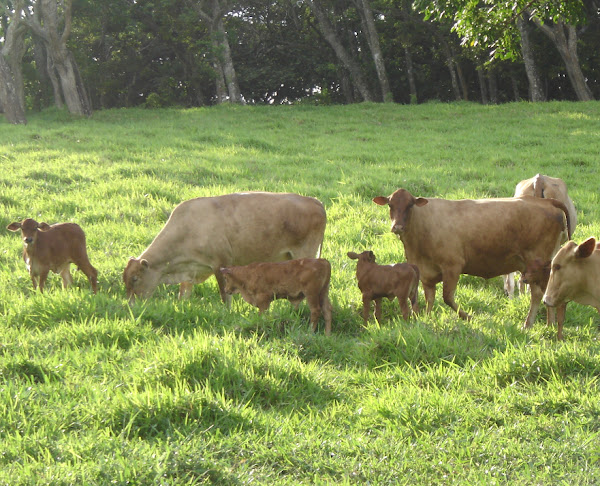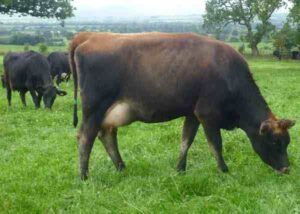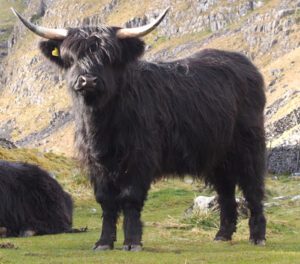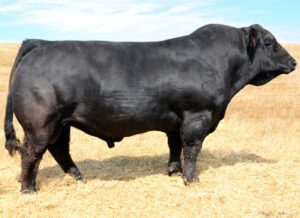The Romosinuano cattle are a beef cattle breed which are mainly used for meat production. It is a native cattle breed to Colombia that developed in the Sinú valley of northern Colombia.
Name of the breed derives from the fact that the breed is polled (romo), and the place from where they originated the Sinú River valley (sinuano). It is also known as Coastal Polled, Moruno-Sinuano. The Romosinuano cattle originated during the late 1800’s.
They are a criollo type animal, developed from the horned Costeño con Cuernos breed of Spanish origin. It is still not known whether the polled trait is an independent mutation within the Costeño con Cuernos or if there were Angus or Red Poll blood introduced.
Today the breed is mainly used for meat production. Read more information about this breed below.
Romosinuano Cattle Characteristics
Romosinuano cattle are medium sized animal with red-brown color. They are naturally polled, both bulls and cows. The breed is somewhat smaller than the Costeño con Cuernos.

The bulls on average weight about 500 kg. And average body weight of the cows is about 400 kg. Photo and info from Wikipedia.
Uses
The Romosinuano cattle are kept as a beef cattle breed. They are mainly used for meat production.
Special Notes
The Romosinuano cattle are of good behavior. They are also noted for their docile temperament and adaptation to subtropical climates.
Romosinuano lines also exist in Costa Rica and Venezuela. And the lines have been imported to the United States for cross-breeding in the hopes of improving cattle production in Florida and similar states. However, review full breed profile of this breed in the following table.
| Breed Name | Romosinuano |
| Other Name | Coastal Polled, Moruno-Sinuano |
| Breed Purpose | Meat |
| Special Notes | Hardy, strong, docile temperament |
| Breed Size | Medium |
| Bulls | Around 500 kg |
| Cows | Around 400 kg |
| Climate Tolerance | All Climates |
| Coat Color | Red-brown |
| Horned | Polled |
| Milk Yield | Poor |
| Rarity | Common |
| Country/Place of Origin | Colombia |





